Filter by

Beyond Provenance
Human intentionality in chemical patterns in Bronze Age metals For the last 180 years, scientists have been attempting to determine the ‘provenance’ (geological source) of the copper used in Bronze Age artefacts. However, despite advances in analytical technologies, the theoretical approach has remained virtually unchanged over this period, with the interpretative methodology only changing …
- Edition
- -
- ISBN/ISSN
- 9789461662668
- Collation
- -
- Series Title
- -
- Call Number
- 930.1 POL b

Recharging China in War and Revolution, 1882–1955
In Recharging China in War and Revolution, 1882–1955, Ying Jia Tan explores the fascinating politics of Chinese power consumption as electrical industries developed during seven decades of revolution and warfare. Tan traces this history from the textile-factory power shortages of the late Qing, through the struggle over China's electrical industries during its civil war, to the 1937 Japane…
- Edition
- -
- ISBN/ISSN
- 9781501758973
- Collation
- -
- Series Title
- -
- Call Number
- -
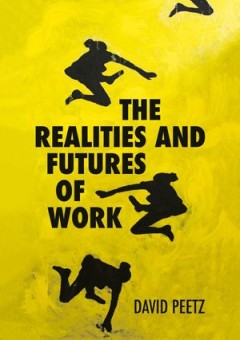
The Realities and Futures of Work
What do we know about the current realities of work and its likely futures? What choices must we make and how will they affect those futures? Many books about the future of work start by talking about the latest technology, and focus on how technology is going to change the way we work. And there is no doubt that technology will have huge impacts. However, to really understand the direction in …
- Edition
- -
- ISBN/ISSN
- 9781760463106
- Collation
- -
- Series Title
- -
- Call Number
- -
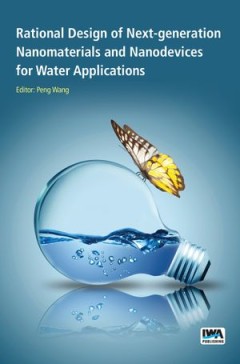
Rational Design of Next-generation Nanomaterials and Nanodevices for Water Ap…
Despite the fact that nanotechnology has been present for a few decades, there is a big gap between how nanotechnology is perceived and what nanotechnology can truly offer in all sectors of water. The question to be answered is 'what more can we expect from nanotechnology' in the water field? The rational nano-design starts with well-defined problem definitions, necessitates interdisciplinary a…
- Edition
- -
- ISBN/ISSN
- 9781780406855
- Collation
- -
- Series Title
- -
- Call Number
- -

Quantitative Techniques in Participatory Forest Management
Forest management has evolved from a mercantilist view to a multi-functional one that integrates economic, social, and ecological aspects. However, the issue of sustainability is not yet resolved. Quantitative Techniques in Participatory Forest Management brings together global research in three areas of application: inventory of the forest variables that determine the main environmental indice…
- Edition
- -
- ISBN/ISSN
- 9781466569256
- Collation
- -
- Series Title
- -
- Call Number
- -
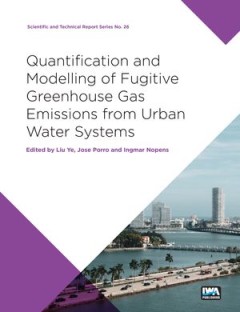
Quantification and Modelling of Fugitive Greenhouse Gas Emissions from Urban …
With increased commitment from the international community to reduce greenhouse gas (GHG) emissions from all sectors in accordance with the Paris Agreement, the water sector has never felt the pressure it is now under to transition to a low-carbon water management model. This requires reducing GHG emissions from grid-energy consumption (Scope 2 emissions), which is straightforward; however, it …
- Edition
- -
- ISBN/ISSN
- 9781789060461
- Collation
- -
- Series Title
- -
- Call Number
- -
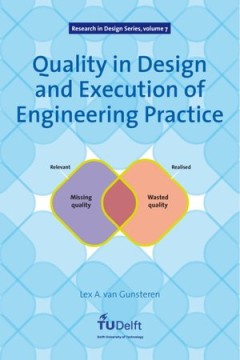
Quality in Design and Execution of Engineering Practice: Research in Design S…
Quality in Design and Execution of Engineering Practice is about quality management focused at fitness for purpose, rather than compliance with specifications, rules and regulations. The focus on getting execution in line with fitness for purpose is supported by a classification of seven different categories of quality, defined by their relevance for purpose, compliance with specifications and …
- Edition
- -
- ISBN/ISSN
- -
- Collation
- -
- Series Title
- -
- Call Number
- -
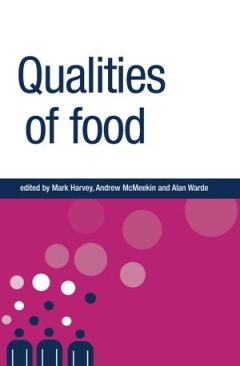
Qualities of food
This book addresses current controversial debates about food quality. What is it that makes people decide that food is of good, or alternatively of dubious, 'quality'? How food is produced, how it is prepared, how it tastes and in what circumstances it is consumed are all dimensions of its quality. Chapters address a number of intriguing questions: how do people make judgements about taste?; ho…
- Edition
- -
- ISBN/ISSN
- 9780719068546
- Collation
- -
- Series Title
- -
- Call Number
- -

Psychology in Edgar Allan Poe
This collection offers six critical essays on the topic of psychology in Edgar Allan Poe. It came together as a response to a visible absence of this subject in recent scholarship. The volume presents Edgar Allan Poe as one of the pioneers in psychology, who often anticipated major theoretical trends and ideas in psychology in his incessant explorations of the relationship between behavior and …
- Edition
- -
- ISBN/ISSN
- 9783832549404
- Collation
- -
- Series Title
- -
- Call Number
- -

Beyond observation : A history of authorship in ethnographic film
Beyond Observation is structured by the argument that the 'ethnographicness' of a film should not be determined by the fact that it is about an exotic culture - the popular view - nor because it has apparently not been authored - a long-standing academic view - but rather because it adheres to the norms of ethnographic practice more generally. On these grounds, the book covers a large number of…
- Edition
- -
- ISBN/ISSN
- 978 1 5261 4729 5
- Collation
- -
- Series Title
- ANTHROPOLOGY, CREATIVE PRACTICE AND ETHNOGRAPHY
- Call Number
- 305.8 HEN b
 Computer Science, Information & General Works
Computer Science, Information & General Works  Philosophy & Psychology
Philosophy & Psychology  Religion
Religion  Social Sciences
Social Sciences  Language
Language  Pure Science
Pure Science  Applied Sciences
Applied Sciences  Art & Recreation
Art & Recreation  Literature
Literature  History & Geography
History & Geography